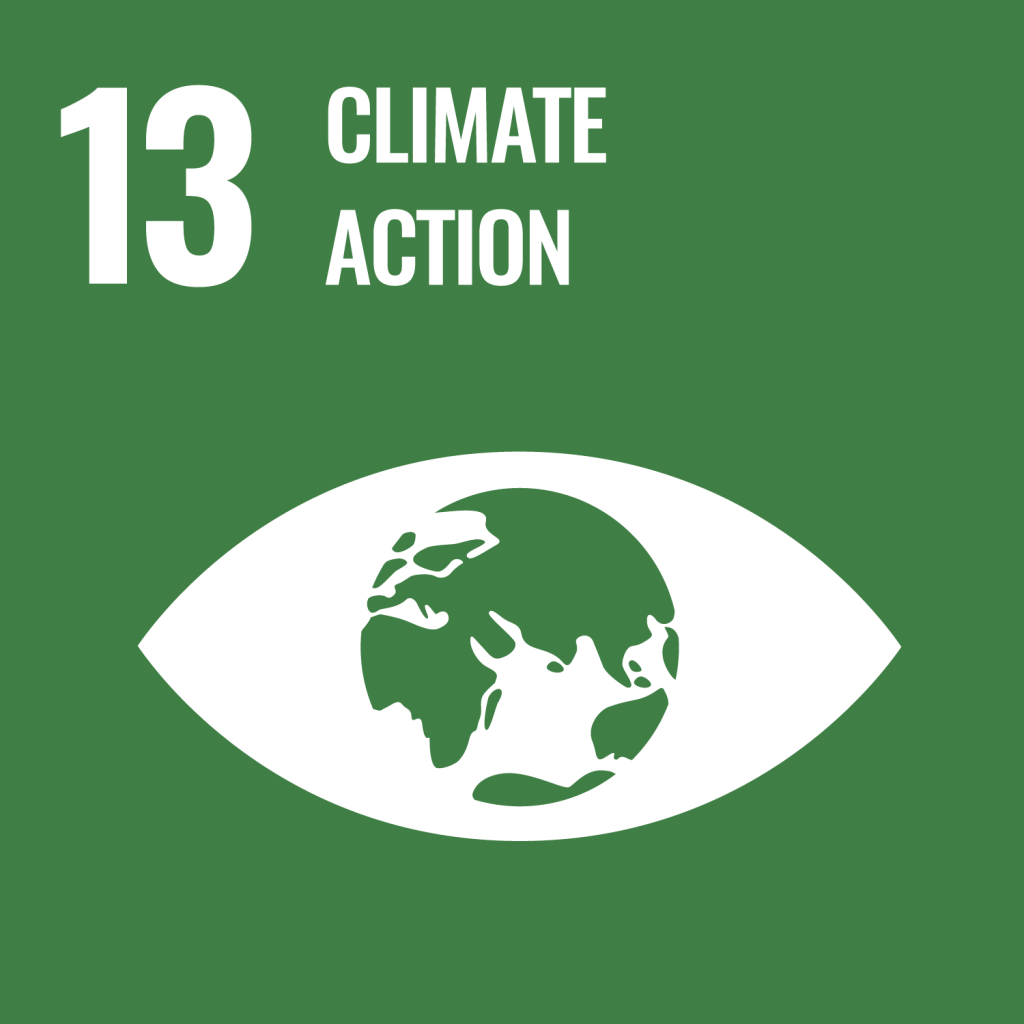Fitzer Hard Seltzer
Medium (49 - 500 employees)
Secondary
Manufacturing
Lesson
The company has developed a sustainability approach to waste management by deploying recycling stations and integrating them into a mobile application to provide customers with geo-referenced information for recycling their products. The customization of technology for enhancing sustainability practices in collaboration with actors in downstream relationships highlights innovations that promote the engagement of the general public in a circular economy.
Background
Fitzer is a startup that was founded in 2019 in the city of Monterrey, Mexico. The product is a new kind of alcoholic beverage based on mineral water. Their business model was designed to be a carbon neutral operation accounting for emissions and offsetting CO2 in their manufacturing process.







Sustainability Story
From the beginning of the company, Fitzer planned to make efforts in terms of sustainability, social responsibility, and involvement with the community. The SME strategy began with mapping the environmental footprint and identifying all areas of opportunity within the company. The company identified four lines of action: the first, directly related to the carbon footprint, the second to product recycling, the third related to certifications and recognition of sustainability contributions, and the fourth related to the community and the Made in Mexico seal, positioning of a national product, focusing on the promotion of the country’s local industry and economic development. Likewise, there is a strong focus on the use of Mexican ingredients in the supply chain and main consumption points and centres.
Fitzer Hard Seltzer Practices
| C02 mitigation manufcature | Circular Production |
|---|---|
| Practice sustainable production for the reduction and mitigation of the carbon footprint. | Incorporate processes that favor a circular economy, such as reusing raw materials. |
Pathway Map
C02 Mitigation Manufacture
View the Pathway MapCircular Production
View the Pathway MapEnabling Factors for Practices
| Internal to the organization | External to the organization |
|---|---|
| Founders vision: Since its inception the company was designed to be part of a circular economy and conceived as a zero-carbon emissions operation. | Specialized consultants: Measure carbon footprint, water footprint and waste management practices. |
| Transversal strategy: integration of sustainability thinking and principles across the various departments of the company, not just siloed in one area. | Alliance: To compensate for its carbon footprint and trade emissions, they developed a partnership with reforestation organizations, local think tanks and NGOs. |
| Outward social-environmental campaign: Do good is a campaign but also a corporate strategy to work across different pillars of sustainability. This drives the company's operations. | Customers: Participate in reforestation campaigns and support recycling models. |
| Carbon certification body: Which counts carbon emissions and credit trading mechanisms for the company. | |
| Suppliers: Farmers in one region that are part of the carbon trading scheme of the company. |
Arresting Factors for Practices
| Internal to the organization | External to the organization |
|---|---|
| Limited carbon measurements by partners in their operations impacts the company's approach to zero emissions. | |
| Lack of organizations specialized in the circular economy: Limited knowledge and technical support to design, implement and monitor circular practices. | |
| Regulation: Lacks for the private sector on zero emissions and carbon neutrality | |
| Bureaucracy: In obtaining permits for recycling stations and practices, red tape and lengthy processes. | |
| Transparency: In the carbon market, measurements and reporting mechanisms. | |
| Investors: Cautious investors or limited interest in what is perceived as a risky circular model for business |
Lesson for Disaster Risk Reduction
With regard to disaster risk reduction, it is noteworthy that, regarding the specific issue of distribution centers (located in Monterrey, Guadalajara and Mexico City), there is a policy that frames the risk management procedure, as well as a risk management program, which includes the following actions: identifying disaster risks, evaluating the magnitude of risks and priority levels, developing control strategies and maintain prevention audits.
